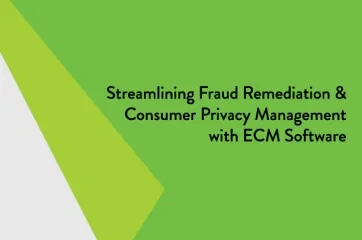FDIC Deposit Market Share Reports provide information about the percentage of deposits that an FDIC-affiliated institution holds within a geographic area.
Users can run reports and visualize data by state, county, postal code, or metropolitan statistical area (MSA). Data is available to compare a bank’s market share to other institutions and to understand a bank’s year-over-year numbers. The reports pull information from the yearly Summary of Deposits (SOD) survey, with data available back to 1994.
The Value of FDIC Deposit Market Share Reports
A bank might use data from the FDIC Deposit Market Share Reports in a variety of ways, such as:
- Competitive analysis: Financial institutions can determine where they rank in specific geographic areas against other banks. Additionally, banks with multiple branches may be able to identify their underperforming locations and develop strategies for improvement.
- Marketing: Based on competitive analysis from FDIC Deposit Market Share Reports, financial institutions may be able to make data-driven decisions about the best use of their marketing dollars.
- Growth: Using the “Growth Rate” tab, banks can determine their own (or their competitors’) year-over-year deposit trends.
- Acquisition and merger analysis: The “Pro Forma” tab on the FDIC Deposit Market Share Report page could make it easier for a banker to estimate the effect of an acquisition or merger between two institutions in a targeted geographic area.
To learn more about the data available through FDIC Deposit Market Share reports, click here.
More Resources for Bankers
Looking for more information about best practices in the banking industry? Be sure to check out our extensive resource library with free spreadsheets, whitepapers, videos and eBooks.
Browse our banking definitions page for more terminology.














